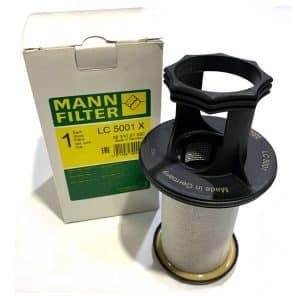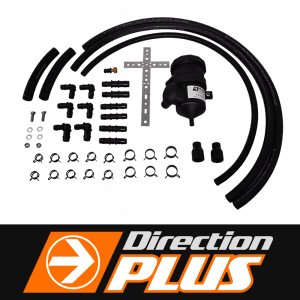ProVent® Style Oil Catch Can Review

Oil Catch Cans
The common mistake made when buying an Oil Catch Can is that people are fitting units that reduce the size of the breather tubes and also don’t filter the returning gases to the intake manifold. For the professional aftermarket parts developer, the key to solution is to keep to the same design performance as the OEM manufacturer, or if not better.
When upgrading components on your vehicle, by keeping to this set of guidelines with after-market parts, you will not compromise on safety integrity or reliability.
In this case on Positive Crankcase Ventilation (PCV) Systems keeping to the OEM manufacturer’s design rules means having no less an outlet breather tube size than original. Oil catch cans inlets and outlets need to be of the same diameter as that of the OEM. There is a reason for this: The manufacturer is concerned with keeping the crankcase free of pressure build up.
Cheap $20.00 – $60.00 oil catch cans from eBay have undersized inlets/outlets, or fittings acting as reducers, reducing the flow rates of the PCV System. This causes back-pressure in the crankcase and in turn will pop the oil seals causing engine oil to weep from the crankcase seals that were not made to hold pressure.
Recent tests and studies have found one type of Oil Catch Can that ticks all the boxes and out performs the majority of catch cans on the market.

ProVent 150
The ProVent 150 is a compact crankcase ventilation unit for engines up to 200 kW and is characterised by the following advantages:
- Ultra-compact design
- Up to 150 l/min blow-by gas
- Equipped as standard with high-efficiency medium
- Pressure regulation
- Suitable for use as an open or closed CCV
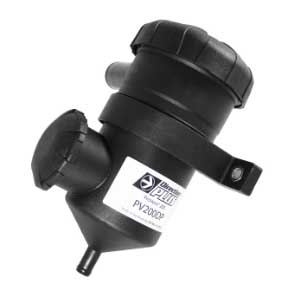
ProVent 200
The ProVent 200 is a compact crankcase ventilation system for engines up to 250 kW and is characterised by the following advantages:
- Compact design
- Up to 200 l/min blow-by gas
- Equipped as standard with high-efficiency medium
- Integrated pressure regulation for crankcase
- Suitable for use as an open or closed CCV
The Provent PV200 is far superior to any other style of Oil Catch Can for a number of reasons.
- It has 2 relief valves. (most other types have none). One is situated on the inlet side to relieve high pressure, the other on the outlet side to relieve any low pressure. Again, this stops any pressure build up even if the filter becomes blocked from you not cleaning it. It’s a great engine safe guard!
- It has large sized inlet & outlet (22mm in diameter), giving it a non restrictive flow and larger than any other catch can on the market.
- It has a mebrane filter (not stainless wool or a box of air) that properly filters all contaminents and oil preventing it from returning back into the intake system thus preventing a buildup of carbon on the intake manifold.
Keeping the oil out of the air intake will benefit in 2 ways
Firstly, oil mist in the air intake entering into the combustion chamber will reduce the octane rating of the combustible fuel. Mainly in petrol engines, this leads to a symptom called “pre-ignition”. Pre-ignition is one of the quickest ways to damage cylinder heads, piston crowns and piston rings.
Secondly, (and the main reason) oil entering into the intake manifold combines with the heated gases of the Exhaust Gas Recirculation (EGR) (300-400 deg Cel) and literally bakes to form carbon build-up in the manifold. This carbon build-up, over a relatively short period, restricts the volume of air that would normally be allowed to flow through the manifold into the combustion chamber. (See pictures below). The less flow, the less performance. This is well noted on late model Mitsubishi, Toyota and Nissan vehicles.
The images below are typical examples of the buildup in engines not fitted with a Direction-Plus™ ProVent® system.

Carbon buildup in manifold
The carbon is buildup is caused by oil seeping past the intake valve seals and from blow by gases from the crankcase via the piston rings. This is how a normal engine runs. These blow by gases and oil can be caught by a Provent catch can. They are then filtered and removed via the catch can having clean gas returned to the intake. This greatly reduces carbon buildup in your intake manifold.

Excessive carbon buildup
Here is a well explained video of the Provent system – by Direction Plus
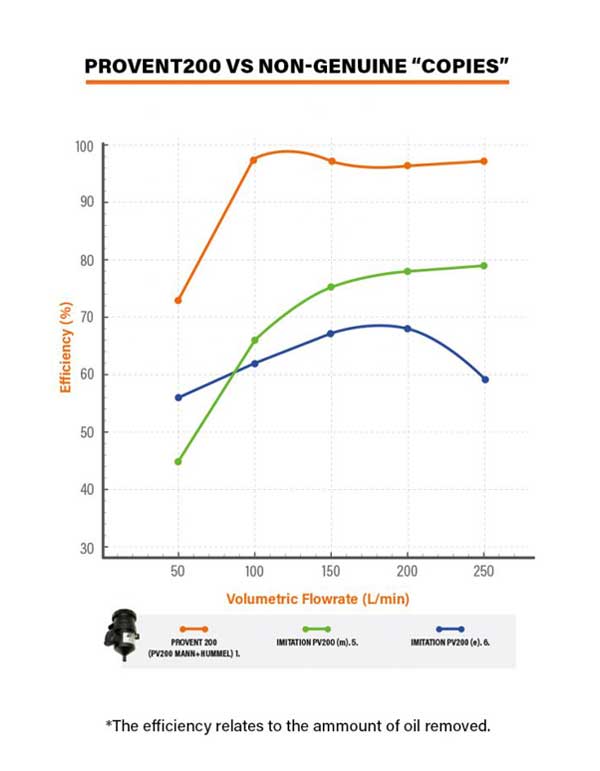
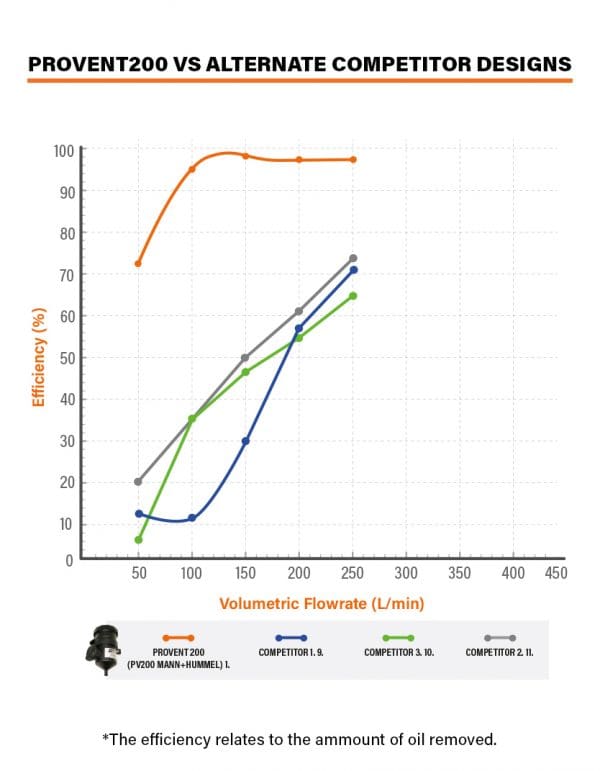
We sell the Direction Plus Provent Kits which have everything required to do a catch can install on your vehicle. We recommend that the filters are replaced every 40,000 km and are also available through our webstore.
- Independent Test Report carried out by Unsealed 4×4 : http://mag.unsealed4x4.com.au/u4x4/issue057/#113 – If the page loads on the front cover please go to page 113 for the test article and results.
Oil & Fuel Prefilter Kits
-

D40 Navara SPAIN – ProVent® Oil Separator Kit PV618DPK
AUD$401.00 incl. GST SKU: PV618DPK -

MANN ProVent 200 LC 5001 X – Replacement Element ONLY 3931051950 (not the complete unit) Suits ProVent 200
AUD$95.00 incl. GST SKU: LC5001XIn stock
-

NP300 Navara – PreLine-Plus Pre-Filter + ProVent Catch Can Kit PLPV630DPK
AUD$700.00 incl. GST SKU: PLPV630DPK -

NP300 Navara – ProVent® Oil Separator Kit PV630DPK
AUD$538.00 incl. GST SKU: PV630DPK -

Universal – ProVent® Oil Separator Kit PV201DPK
AUD$460.00 incl. GST SKU: PV201DPK


